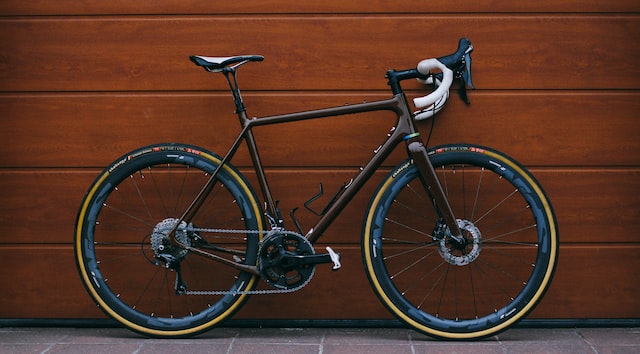The general direction of traffic has some rules, which are responsible for ensuring the safety of cyclists while they circulate. This entity seeks good security and circulation of all vehicles that are always traveling on public roads; among this we find the way how cyclists should circulate, both in the city and on the roads.

So then, the traffic laws also contain a regulation that is responsible for governing the ways in which bicycles must travel on public roads, only it is not well known by the population.
When a cyclist who, for example, circulates on a road that is interurban, he should always do so glued to the right side of the road if it does not have a hard shoulder.
Thus, cyclists are driving a vehicle that occupies a space on the roads and streets and therefore they are not excluded from having to comply with regulations in the same way as motorcycle or car drivers (cars). For more information, continue reading this article.
What do you need for bicycles to circulate?
- bicycle
- traffic rules
Instructions for bicycles to circulate
- Sometimes there are some paths enabled for cyclists, an exclusive lane for bicycles, but if this is not the case, the cyclist must adjust to the characteristics offered by the road at the time of circulating. If you travel along an urban road, you should drive as close as possible to the right side of the road, it should be at a distance that allows other vehicles to overtake, but not until you reach the point of sticking in such a way that the cyclist is in danger. The same must be done when cycling on an interurban road, the difference is that if there is a hard shoulder (margin, shore) you must ride on it. On the roads (highways) only cyclists who have already reached their 14th birthday may travel. Failure to comply with the rules can lead to a subpoena of up to 200 euros.
- When the cyclist is riding on a road that is traveled by pedestrians, the latter will have priority, so if you cannot keep a minimum distance in front of them, you have to get off the bike and continue on foot dragging it.
- Bicycles must meet the same standards as other vehicles regarding lights; the bicycle must be well lit if it is to be ridden either at sunset, when the sun is rising or at night, also when it is circulating on interurban or urban roads that do not have sufficient lighting and in tunnels and underpasses. The cyclist must wear a reflective vest that is duly approved, so that both it and the bicycle can be seen from 150 meters away.
- The reflective elements and lights that a bicycle and its driver must have are: it must have a white position light at the front, another light of the same type but red at the back together with a reflector red which should not be in the shape of a triangle. Not wearing these lights or not wearing a reflective vest can lead to fines.
- The helmet is another essential element and must be correctly homologated, it will be required when the bicycle circulates on intercity roads; both the driver and the passenger must carry it (children under 7 years of age are allowed, as long as they are seated in a seat that is approved and properly installed and wearing a helmet). Although this rule is not so strict, since it accepts some exceptions: it will not be required when there are ascending ramps, when a doctor determines that it should not be used (the recommendation must be kept in writing after being accredited) and when there are extreme heat. Likewise, failure to comply with this can lead to sanctions.
- Passengers should not be carried on a bicycle, only children under 7 years of age are allowed in the manner explained in point 6 and the driver must have reached the age of majority.
- While you are driving you cannot use mobile devices or headphones, the fine can reach 200 euros.
- The bicycle does not have turn signals or other elements that indicate what the driver intends to do, but this does not exempt them, for this they must use their body, so the other vehicles will know what maneuver they intend to do, for example if they plan to turn right they can lift right arm palm down or you can raise your left arm by lifting it while bending up and there will be other forms of body signaling that other drivers will understand.
- The speed limit that a cyclist can have is 45 km/h but you have to look at what the road allows and respect it, exceeding it will lead to the payment of penalties.
- As in other vehicles, it is not allowed to ride a bicycle if you have ingested alcohol, the maximum you can have in your blood is 0.5 g/l and you must submit to a breathalyzer test. Fines for refusing or for carrying alcohol in the blood can reach 500 euros.
Tips for bicycles to circulate
- It is not a requirement that bicycles have a speedometer, but it is a good recommendation to put it on so as not to exceed the speed limit and thus avoid penalties.

















